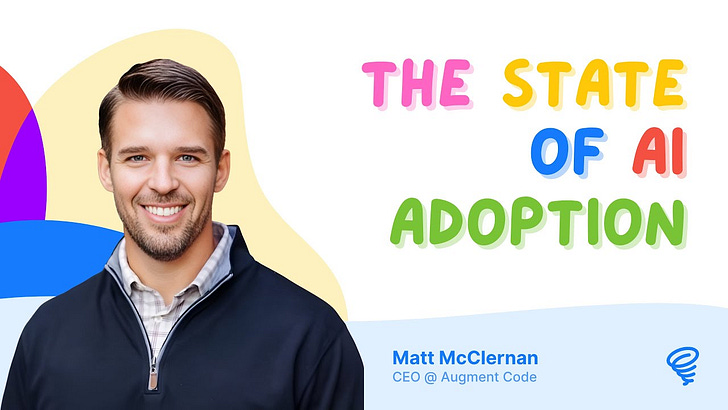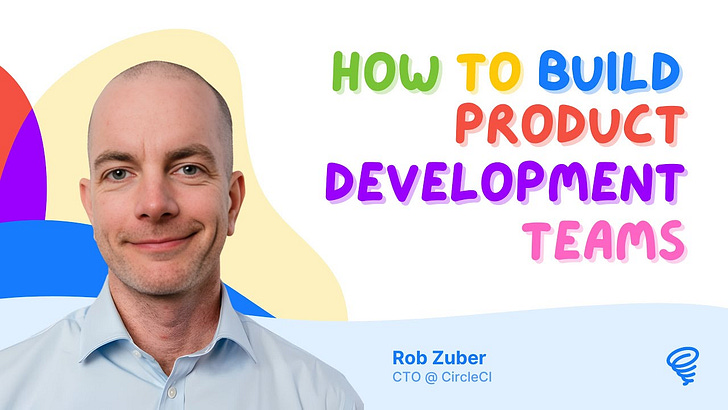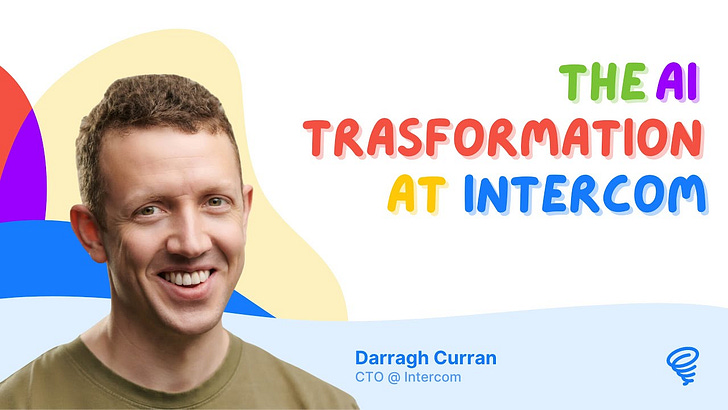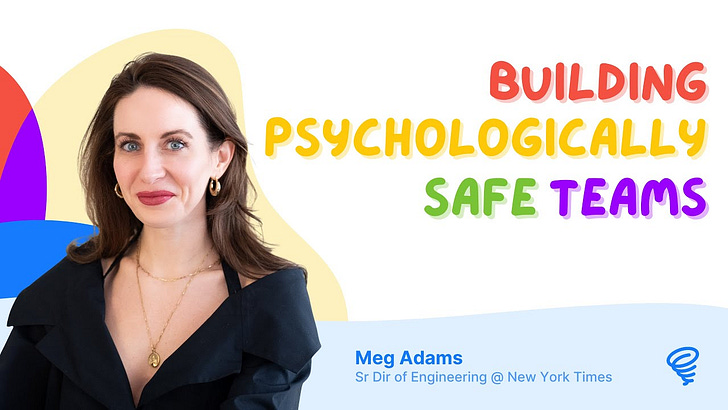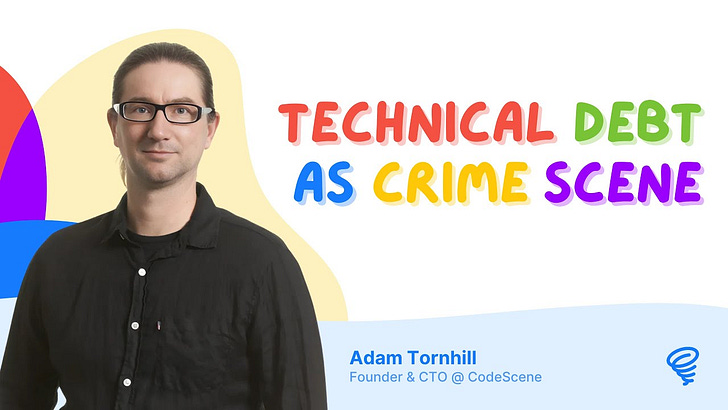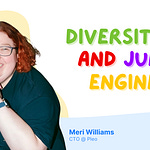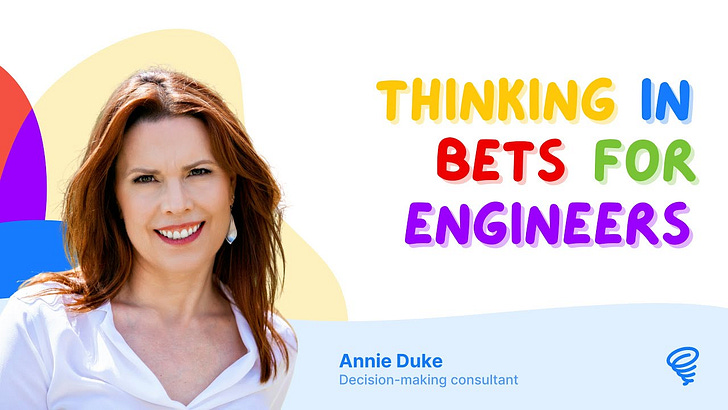Today's guest is Ori Keren, who is CEO and co-founder of LinearB and has more than 25 years of experience in the software industry, especially in developer experience and productivity.
With Ori, we talked about how AI is infiltrating all the stages of the development process, from coding to testing to code reviews. We discussed how AI is already restructuring teams and how engineering leaders can drive adoption by combining culture, small wins and full moon shots.
🎙️ Episode
You can watch the full episode on Youtube:
Or listen to it on Spotify, Apple, Overcast, or your podcast app of choice.
🥇 Interview Summary
If you are a 🔒 paid subscriber 🔒 you will find my own summary of the interview below.
It’s the 10-minute, handcrafted takeaways of what we talked about, with timestamps to the relevant video moments, for those who don’t have time to sit through the 1-hour chat.
Here is the agenda for today:
🚀 AI Adoption Predictions (02:18)
💻 Beyond Greenfield Development (05:51)
⚙️ Balancing the SDLC Pipeline (08:26)
👥 Evolving Developer Roles (24:54)
🔄 Integrating AI Across the SDLC (35:09)
Let's dive in 👇
1) 🚀 AI Adoption Predictions (02:18)
Ori begins with a bold prediction: developer productivity may actually decline in 2025, before improving dramatically in 2026-2027. This counterintuitive take comes from the natural adoption curve of transformative technologies:
"Most significant changes follow this curve where you first see a decline. A lot of things are in mess, still not organized together, still in the storming phase until it gets stable."
Ori explains that while AI coding tools offer immediate benefits, the transition period involves adaptation challenges, misaligned processes, and organizational learning curves. Organizations will go through phases of adoption, failures, and experimentation before stabilizing and realizing the full potential of AI in development.
The distinction between greenfield projects and established systems is particularly important:
🆕 New companies — can start "AI-first" and show dramatic productivity gains in MVPs
🏢 Established companies — face the complex challenge of integrating AI into existing codebases, processes, and teams
This creates the perception gap we often see on social media versus reality in most orgs.
2) 💻 Beyond Greenfield Development (05:51)
While social media showcases dramatic productivity gains with AI in greenfield projects, the reality for most organizations with established codebases is more nuanced.
Ori emphasizes that larger companies cannot ignore AI adoption, despite the challenges:
"This AI movement is big. It's something that will impact the SDLC as a whole. Companies with teams and processes need to start thinking about how to adopt it - they can't just ignore what's happening."
A key limitation of current AI tools is their context awareness. Today's models primarily have access to code, but lack visibility into crucial operational context:
📊 Observability data and logs
🚨 Service performance metrics
🔍 Historical knowledge of system behavior
🔄 Cross-system dependencies
LinearB's early research reveals a concerning trend: code generated with AI assistance shows ~2% higher code churn rates. This suggests potential maintenance challenges that may offset short-term productivity gains.
Ori stresses that this isn't necessarily the AI tools' fault, but rather how developers are using them: developers are not being critical enough about AI-generated code. Instead, they should maintain the same quality standards and critical thinking as they would for human-written code.
3) ⚙️ Balancing the SDLC Pipeline (08:26)
One of the most insightful points Ori raises is how AI adoption can create bottlenecks if not implemented holistically across the entire SDLC:




